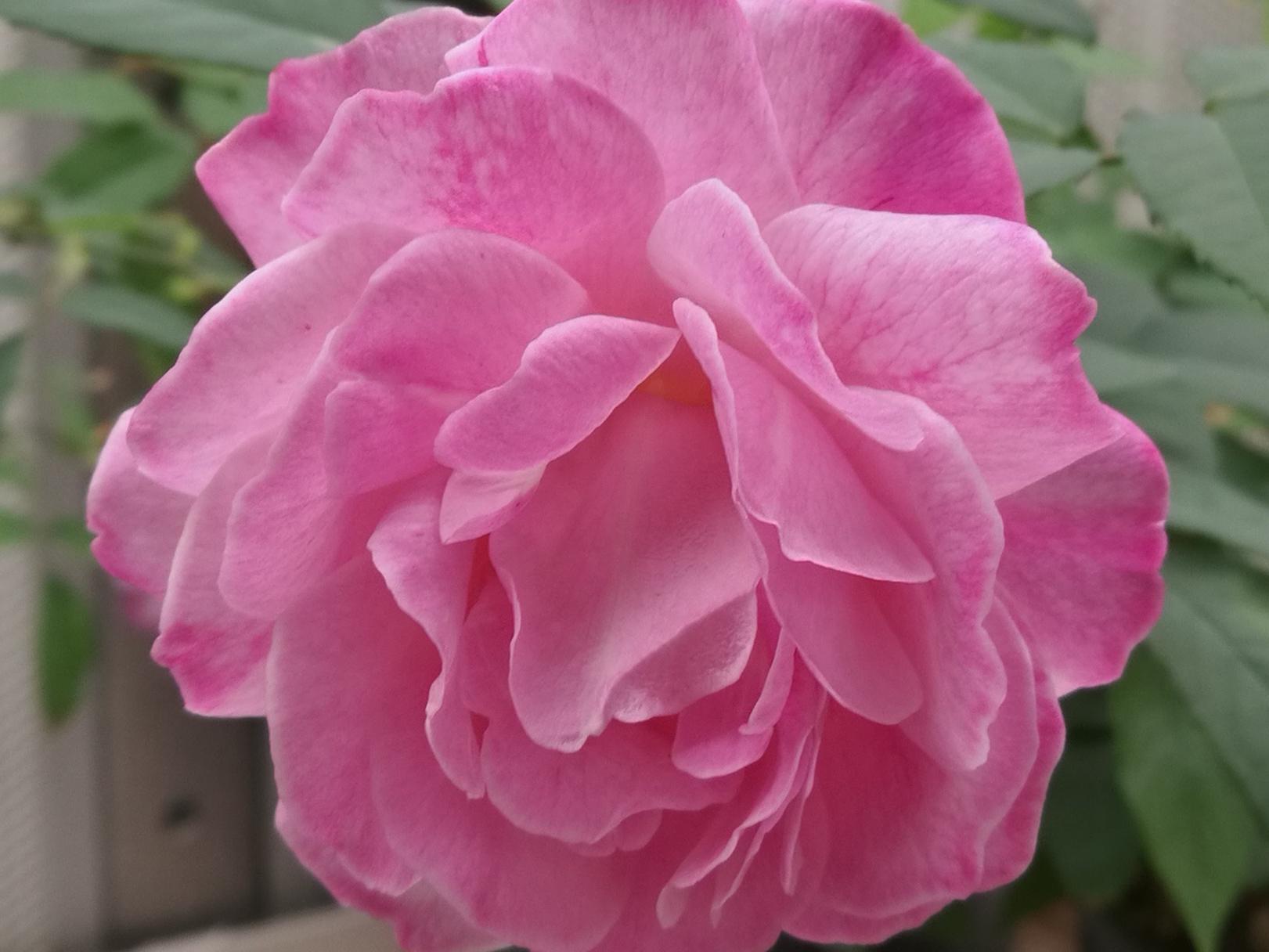Decoding rose DNA could allow scientists to create flowers that look and smell better
Understanding genes for scent, colour and other characteristics could help breeders speed up processes that have previously taken centuries, researchers say

Roses have had their genome sequenced by scientists who say it could help to develop genetically improved versions of the popular ornamental flower.
Within the 36,377 genes identified, the research team found DNA coding for various desirable characteristics.
They said their work could help massively speed up the process of flower breeding and allow the creation of new varieties of rose.
“There are many important traits in the rose – the scent, its capacity to flower multiple times, the flower architecture and so on – and there is huge variety especially in colour and scent in roses,” Dr Mohammed Bendahmane told The Independent.
The biologist at The Ecole normale superieure (ENS) Lyon, added: “For centuries they have been trying to breed for these traits, but they had some difficulty understanding why they are getting one colour instead of another, or why they couldn’t combine some traits – like some scent with a particular colour.”
Roses are some of the most ubiquitous ornamental plants worldwide, and they have been cultivated for centuries by societies from the Mediterranean to China.
Modern roses are descended from a handful of the roughly 150 species that exist in the wild. From these, breeders have created thousands of varieties with a range of characteristics.
For their study, published in the journal Nature Genetics, Dr Bendahmane and his colleagues began with Rosa chinensis, a species colloquially known as “Old Blush”.
After spending nearly a decade fine-tuning their technique, the end result was one of the most complete plant genome sequences ever produced.
They compared these results with those obtained from La France – the first rose variety produced by crossing Chinese and European strains – as well as 13 other varieties.
By sequencing all of these varieties, the scientists were able to build a comprehensive picture of rose domestication.
In addition, by identifying genes involved in flowering, colour, water-use efficiency and scent, the scientists say their paper lays the groundwork for a new era of rose cultivation.
Instead of painstakingly selecting desired characteristics over the course of years, Dr Bendahmane sees a future in which breeders use genetic techniques to pick the individuals they want.
“Now we can get this information from the genome, and if I want a trait I can select only the parents that have the right allele [gene type], and then I can select at a seedling level after germination and select only the individuals that have the right allele,” he explained.
“Gain of space, gain of time, gain of water and so on – we think this can really help breeders.”
Join our commenting forum
Join thought-provoking conversations, follow other Independent readers and see their replies
0Comments